-
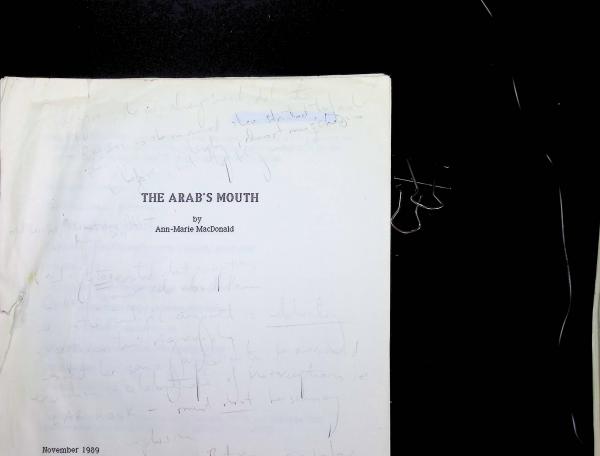
The Arab's Mouth Manuscript, dated November 1989. There are also notes on the cover page, however, they are not legible.
-

Manuscript for The Arab's Mouth, dated August 1990.
-
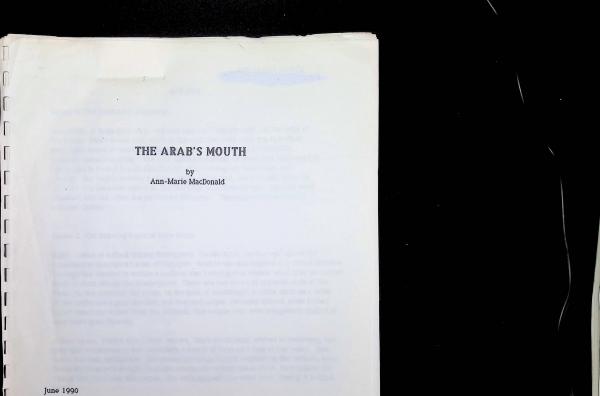
Manuscript of The Arab's Mouth dated June 1990.
-

Photo of Jack Kerouac's novel On The Road which has "Edinburgh - August 2014" written on the cover.
This is the first item in a stack of what appears to be research materials. The title of one notebook is visible and reads "The Fen #2 February '16 - July 2016"
-
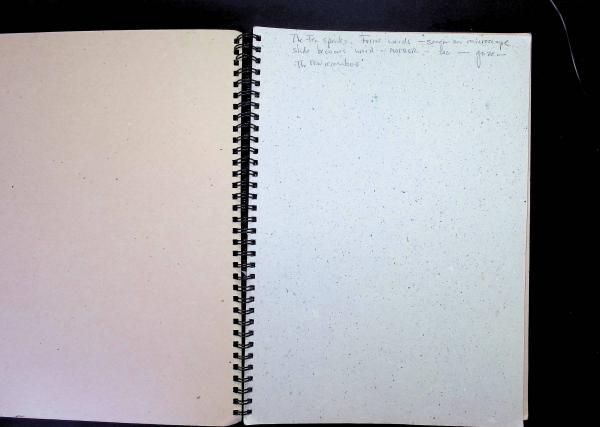
Notes on the bog's surrounding Fayne estate.
-
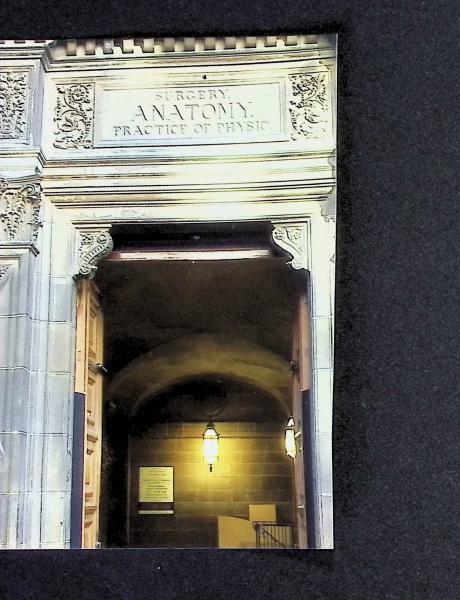
Photo of a Surgery / Physicians office.
-

Toronto Tonight Magazine featuring a photo of Victor and Pearl MacIsaac, and Aunt Flora from the 1990 Factory Theatre production of The Arab's Mouth.
Magazine dated October 11 - 25, 1990. Includes the text "Cover A scene from Ann-Marie MacDonald's The Arab's Mouth at the Factory Theatre. Inside -> Tarragon's ROOMMAtE a Rare Treat
-> SPEED-THE-PLOW a Compelling Paradox
-> THE ARAB"S MOUTH Satisfies
->NICHELLE NICHOLS Beams into TRASTEVERE in Celebrity Dining"
-
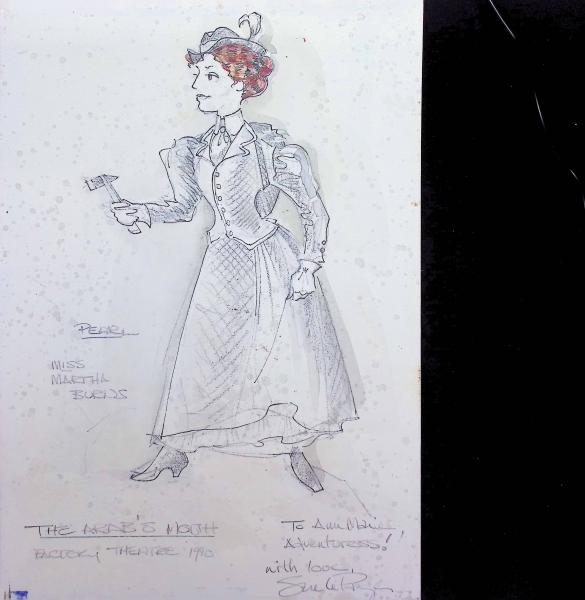
Drawing of Pearl MacIsaac addressed to Ann-Marie MacDonald.
The drawing also includes writing which says "Miss Martha Burns | Factory Theatre 1990" and "With Love [Sue?]"
-
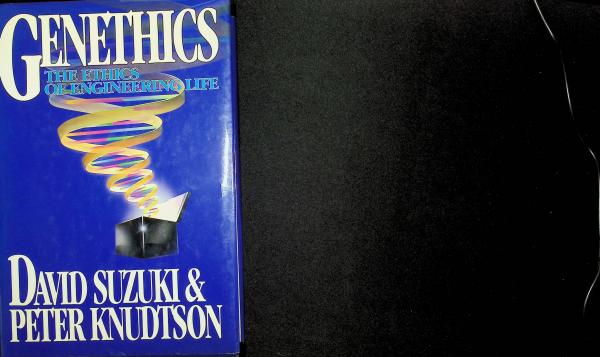
Cover of David Suzuki and Peter Knudtson's book. This book is the most lucid and authoritative guide for general readers to modern genetic technology and the myriad ethical issues it raises.
The cover of this book includes an illustration of a double helix expanding out of a black box.
-
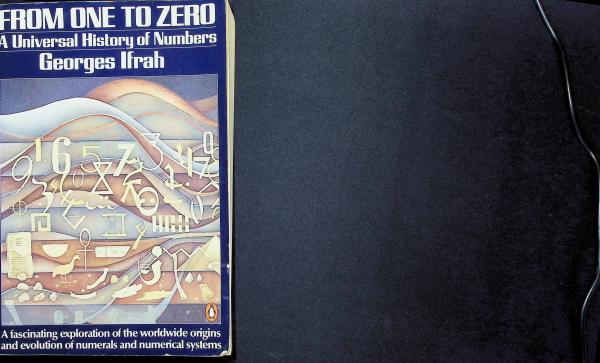
Cover of Georges Ifrah's book, From One to Zero. This book details the story of how numerals and numerical systems originated and evolved, from the tools of primitive counting to the symbols and concepts of sophisticated calculation.
The cover of this book also includes the description: "A fascinating exploration of the worldwide origins and evolution of numerals and numerical systems"
-
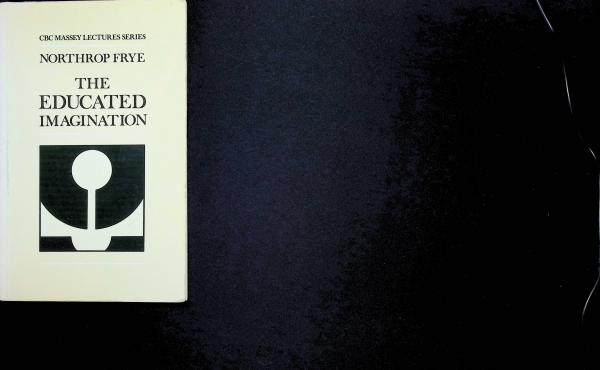
Cover of Northrop Frye's book, The Educated Imagination. Written in the relaxed and frequently humorous style of his public lectures, this remains, of Northrop Frye's many books, perhaps the easiest introduction to his theories of literature and literary education.
-

Image of the cover for James Gleick's novel Chaos: Making a New Science. Gleick's novel interrogates chaos theory. From Edward Lorenz’s discovery of the Butterfly Effect, to Mitchell Feigenbaum’s calculation of a universal constant, to Benoit Mandelbrot’s concept of fractals, which created a new geometry of nature, Gleick’s engaging narrative focuses on the key figures whose genius converged to chart an innovative direction for science.
This cover also includes the description "The National Bestseller" and "These are fascinating stories of insight and discovery, told with a keen sense of drama and excitement...Almost every paragraph contains a jolt - The New York Times"
-
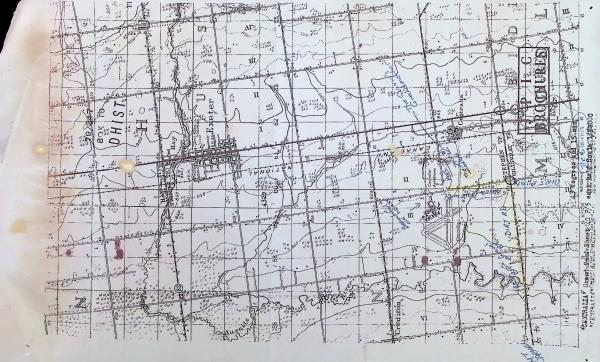
n/a
-
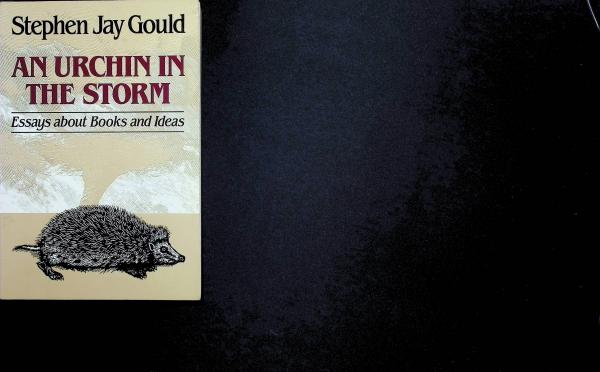
The cover of Stephen Jay Gould's book An Urchin in the Storm. Ranging as far as the fox and as deep as the hedgehog (the urchin of his title), Stephen Jay Gould expands on geology, biological determinism, "cardboard Darwinism," and evolutionary theory in this collection.
The cover of this book includes an illustration of a hedgehog.
-

-
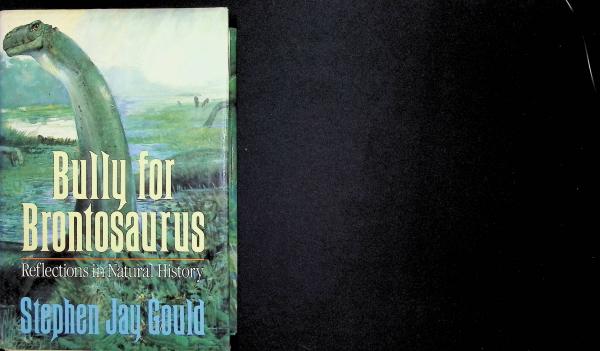
Cover for Stephen Jay Gould's book Bully for Brontosaurus. In this collection of essays, Gould exposes muddled thinking about matters biological, and makes the point that evolution is not a ladder but a bush ever dividing, branching and making twigs.
This cover includes an illustration of Brontosaurus in it's natural habitat.
-
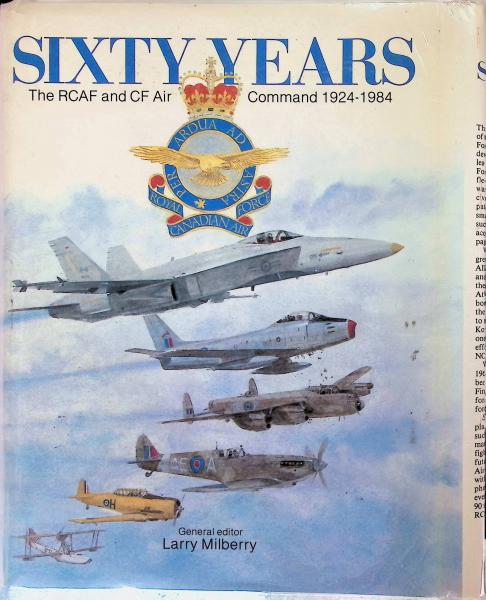
n/a
-

Photocopied flier (or bulletin?) displaying map for former RCAF base Centralia, most likely for industrial development plans
-
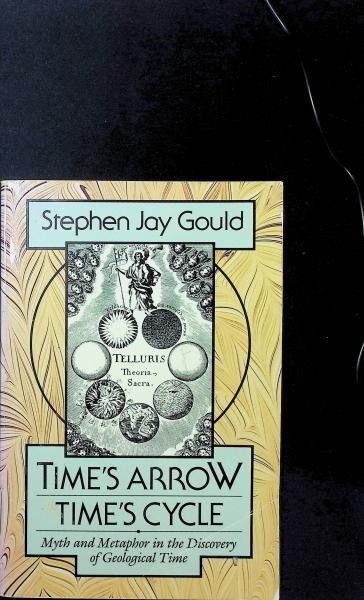
An image of the cover from Stephen Jay Gould's book Time's Arrow, Time's Cycle. Gould follows a single thread through three documents that mark the transition in our thinking from thousands to billions of years: Thomas Burnet’s four-volume Sacred Theory of the Earth (1680–1690), James Hutton’s Theory of the Earth (1795), and Charles Lyell’s three-volume Principles of Geology (1830–1833).
This cover includes an illustration of a man standing atop two of seven planets which appear. The words "Telluris Theoria Sacra" also appear.
-

Photocopied version of Who Killed Lynn Harper? by Bill Trent with Steven Truscott
-
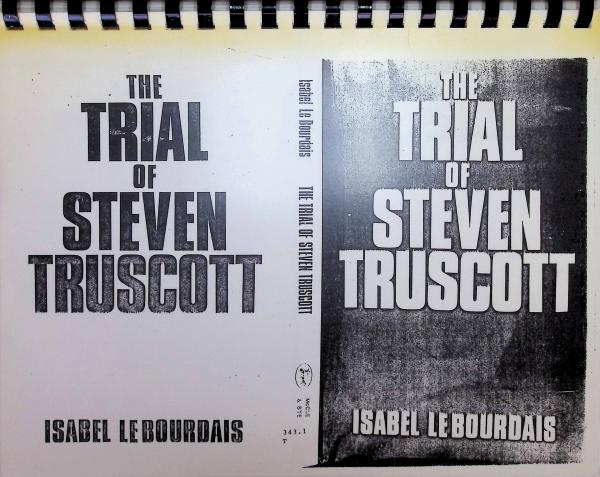
Photocopied version of the front pages of The Trial of Steven Truscott by Isabel LeBourdais
-

Image of the cover of Stephen Jay Gould's book, Full House. Gould shows why a more accurate way of understanding our world is to look at a given subject within its own context, to see it as a part of a spectrum of variation and then to reconceptualize trends as expansion or contraction of this “full house” of variation, and not as the progress or degeneration of an average value, or single thing.
This cover has various illustrations of frogs in the wild.
The cover also includes a sticker which says "25% off International Bestsellers" and "Author of Dinosaur in a Haystack"
-

Physical photo of RCAF 035- Chipmunk.
RCAF started using them in 1956 to train pilots (warplane.com)
-

The image is the cover of the book The Hedgehog, the Fox, and the Magister's Pox. This book is a complex and revealing look at one of the late paleontologist's great passions: the unity of human endeavour. The titular hedgehog and fox refer to the classic dichotomy of persistence opposed to agility of thought, which Gould uses as a backbone in comparing, contrasting, and balancing science and the humanities.
The cover includes a picture of a hedgehog, fox, and magister.
Other text on the cover reads: "In evidence everywhere in this book is Gould as master of the scientific essay: the lucidity, the liveliness, [and] his ability to pull one nifty-quirky-droll example after another out of his bottomless bag of tricks to entertain as he instructs - San Francisco Chronicle"
-

The cover of "A Brief History of Time" by Stephen Hawking. This is a book on theoretical cosmology which discusses subjects such as Galileo and Newton to modern astrophysics, from the breathtakingly vast to the extraordinarily tiny.
The cover features a photo of Stephen Hawking and text which reads: "With an introduction by Carl Sagan."
























